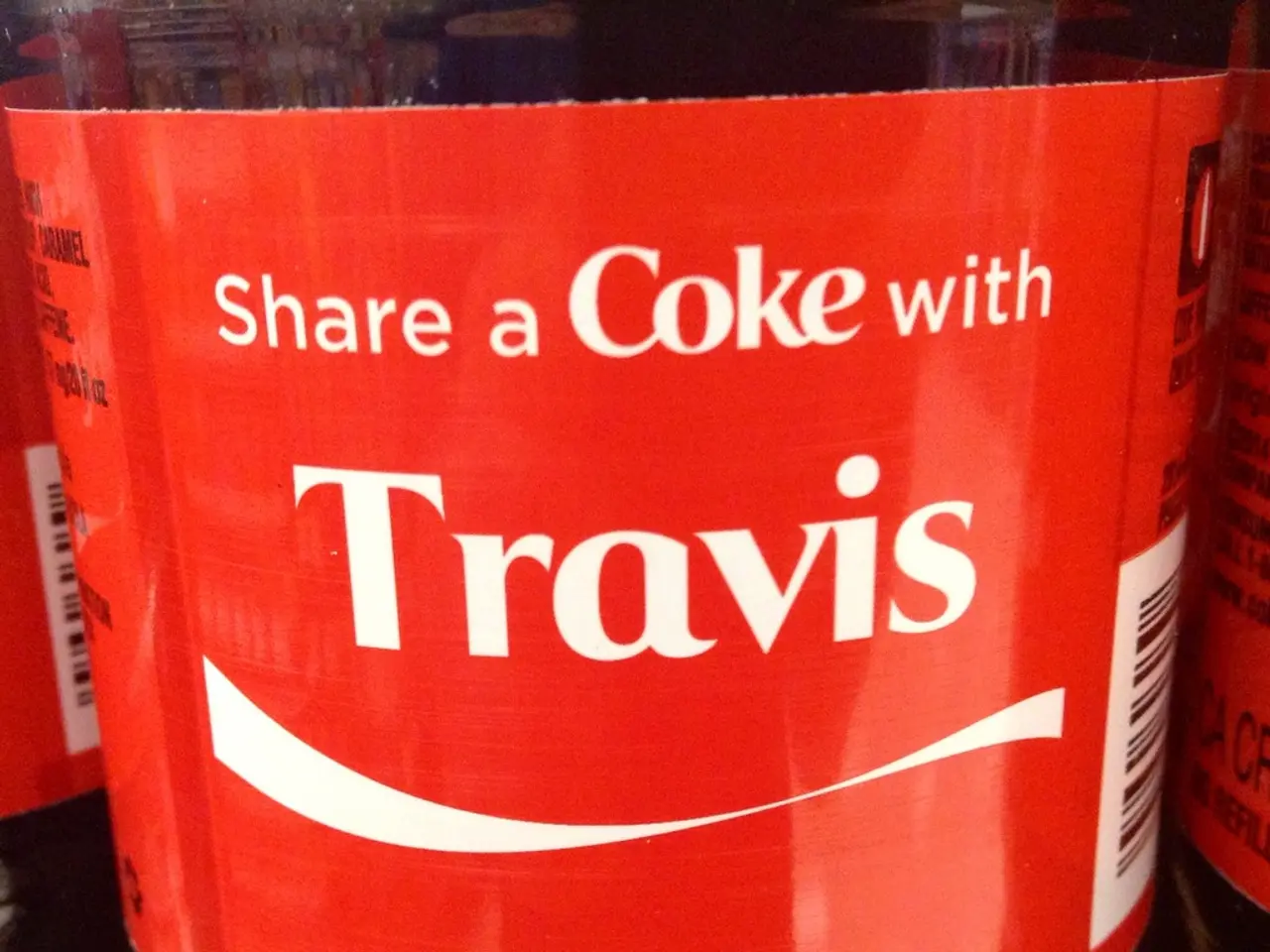Cudi Opens Up About His Most Troubled Moment
In the heart of New York City, in the quiet of an apartment, a pivotal moment unfolded for musician Kid Cudi. It was a time when the sun was pouring in, the world outside seemingly still, and the only sound that echoed was the repetitive melody of Lykke Li's "Time Flies."
That day, Cudi woke up bathed in light, but his heart was racing and felt like it was going to burst. He was alone, engulfed in a strange version of the afterlife, a feeling he later admitted was a result of consuming more cocaine than he ever had in his life.
Cudi was grappling with fame and using cocaine as a countermeasure, a less evil alternative to the suicidal thoughts that plagued him. His relationships were in shambles, and he was struggling creatively. Surrounded by many fake people and phony energy, he felt lost, losing sense of what was real.
The quiet of the city was deafening, the West Side Highway devoid of any traffic sounds. The apartment window did not show any cars. It was as if the world outside had stopped, mirroring the chaos within him.
Cudi was unable to get up off the bed and collapsed to the floor, crying for hours. A warm blanket feeling descended on him before his eyes closed, and he slipped into an uncertain slumber.
But this was not the end of the story. Cudi's relapse around 2015-2016, after six years of sobriety, marked a critical turning point in his life. He acknowledged his need to get his life together and move past his youthful recklessness.
In his memoir released in 2025, Cudi candidly detailed his struggles, revealing the complexity of his addiction as both a coping mechanism and a major personal challenge intertwined with his mental health issues. His early albums reflected his partying lifestyle and substance abuse struggles, but his relapse and subsequent decision to enter rehab marked a pivotal reality check.
Today, Cudi stands as a testament to the power of recovery, using his experiences to inspire others facing similar battles. His story serves as a reminder that even in the darkest of times, hope can be found and a new path can be forged.
Fashion played a peripheral role as Cudi's focus was diverted from the latest styles, but culture still permeated his existence through the melody of Lykke Li's music.
The relapse underlined the intricate intersection of science, health-and-wellness, and mental health, highlighting the struggle that many celebrities face.
Entertainment provided temporary solace during his lonely nights, but it paled in comparison to the authentic connections he yearned for.
His transformation from a lost and vulnerable individual to a beacon of hope in the realm of mental health became a significant chapter in the annals of entertainment and style.
In the years following his rehabilitation, Cudi's music evolved, reflecting a newfound sense of self and a commitment to promoting positive mental health.




